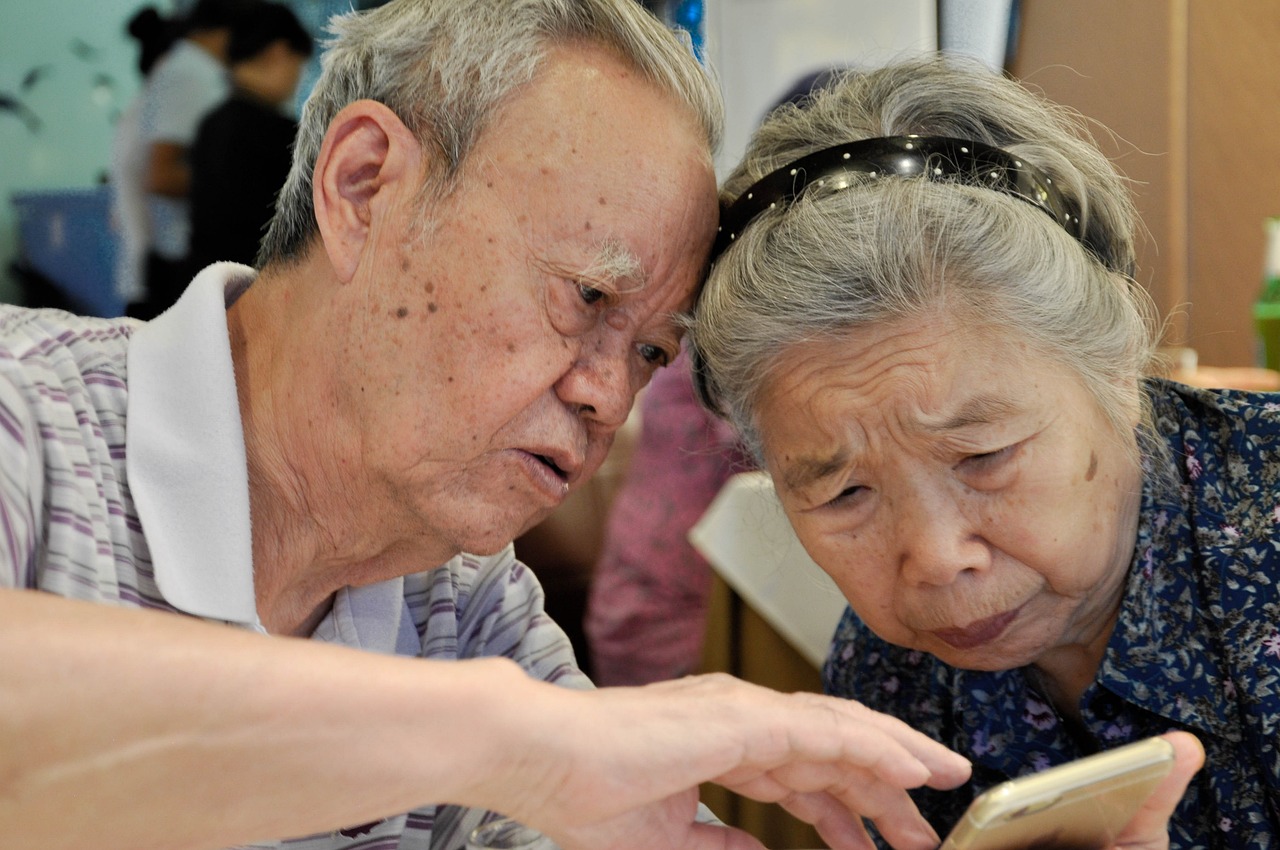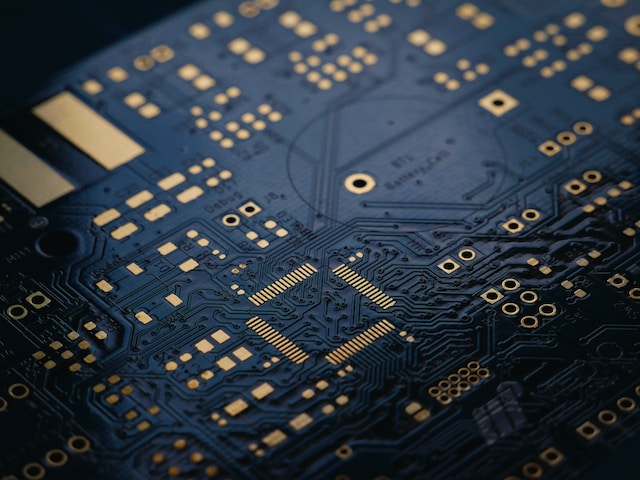A Boon For Scientists, Doctors, Patients and Society
Scientists and engineers are bringing together smart phones, sensors and positioning technologies to produce new health and environment monitoring systems, games, art applications and more. The ubiquity of mobile devices is already changing the daily lives of millions. Add to this high resolution screen display, support for wireless network standards (GPRS, WIFI, Bluetooth), high memory capacity, the availability of standardized programming languages and the decreasing size and cost of sensors and a “perfect storm” has developed for a huge new wave of innovation.
All of the following systems, in the image below, monitor the ocean using a variety of sensors. As we have reported before in IndustryTap the “Internet of Everything” will provide huge amounts of new data to be recorded, tracked, stored and analyzed.
Location Awareness
People carry smartphones everywhere and with new battery advances the phones are getting smaller and smaller, thinner and thinner and soon will be recharged wirelessly alleviating the need for a daily ritual of “plug and charge.” Applications for indoor and outdoor use are cropping up daily: sensors attached to these devices are becoming more accurate in detecting noise, air pollution, chemicals, etc.
For example, air pollutants in England and Wales include carbon monoxide, nitrogen dioxide, sulfur dioxide, lead, ground-level ozone, small particles and more. Scientists there have developed a distributed cellphone-based monitoring equipment system to help measure levels of pollution.
Professional Level Microscope Attaches To Smartphones
Optics manufacturer Bodelin pioneered the use of a portable digital microscope, the ProScope, that could be held in the hand and taken anywhere and hooked up to a computer to play back content. They then added components and software for live digital broadcasting over the Internet. Finally, Bodelin added wireless technology and ProScope became the first Wi-Fi digital microscope capable of broadcasting to over 250 devices simultaneously.
Now Bodelin has released the ProScope Micro Mobile, a 20-80x digital zoom microscope with edge to edge clarity and specially coated glass optics to magnify today’s high resolution on board cameras. The device has adjustable LEDs powered by a five hour lithium-ion rechargeable battery, a USB charging cable and an impact resistant design for long term in field use.
Health & Environmental Monitoring & Data Logging
Health monitoring devices include ECG monitors, Oximeters, blood pressure monitors, gps, scales or weighing devices, health record synchronization and alarm services employing SMS and phone service. A diabetes management system, for example, provides wireless transmission of blood glucose readings to a central web-based database ensuring an accurate diary is kept. Another application is the “heart rate map game” in which players “crowdsource” or broadcast sensor collected heart rate information in real time to smartphones or computers, providing a competitive game as a motivational tool to keep them improving their “numbers.”
A “biomapping” tool records a patient’s galvanic skin response (GSR) reflecting their emotional state and “heatmaps” can be constructed to visualize when a community is feeling stressed or excited.
Other Interesting Sensor Projects
- crowdsourcing with sensor devices to collect distributed sensing data that can then be combined. Citizens will soon be recruited into projects far and wide, so that scientists can study distributed data
- messaging services to report data of major public concerns such as street and building issues, vehicle patterns, etc.
- a sensor to determine if your drink has been spiked
- a sensor to determine whether you have been drinking or taking drugs
- a heat sensor to enable people to see in houses or buildings when it is dark
- a radiation sensor
- a sensor to measure CO2 and light levels
- a temperature sensor
- a noise sensor
Types of Sensors
- accelerometers
- gyros
- pendulum resistive tilt sensors
- piezo bend sensors
- metal detectors
- gas sensors
- pyroelectric detectors
- gieger-muller radiation sensors
- digital infrared ranging
- CDS cell resistive light sensors
- resistive bend sensors
- UVA detectors
- pressure switches
- miniature Polaroid sensors
- IR Pin diodes
- IR sensor w/lens
- thyristor
- IRDA transceivers
- magnetic reed switch
- compass
- solar cells
- remote receivers
- touch switches
- limit switches






